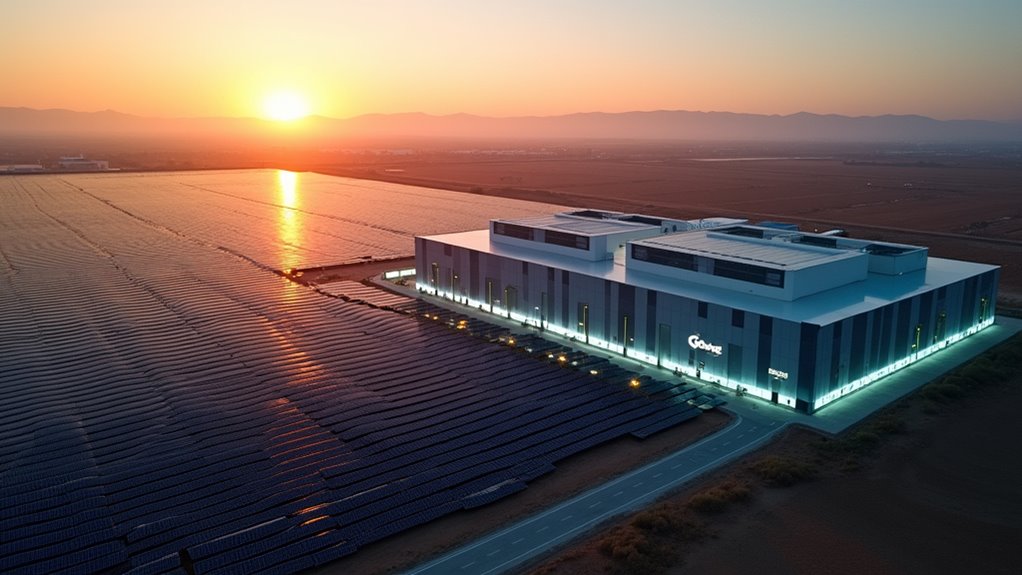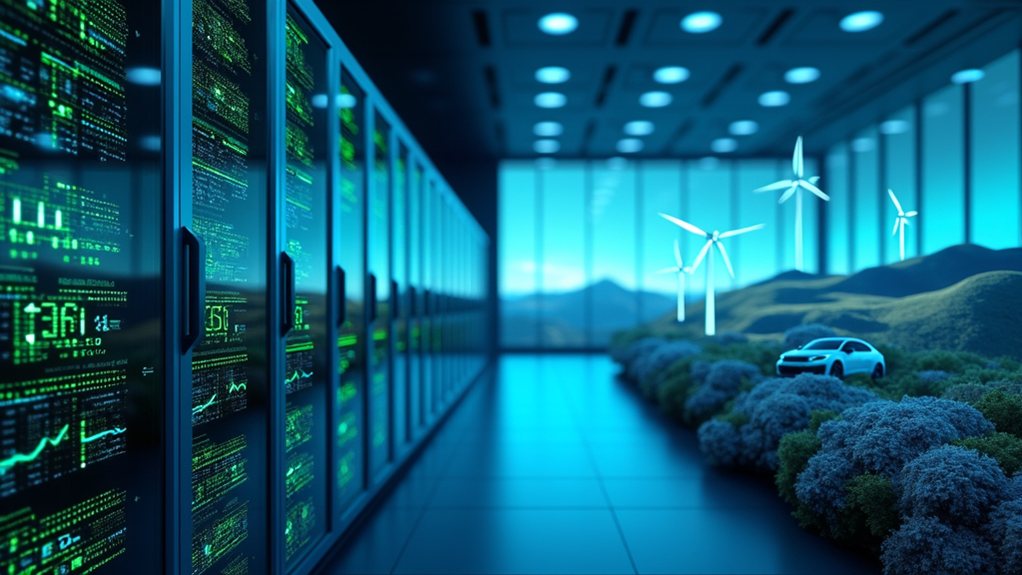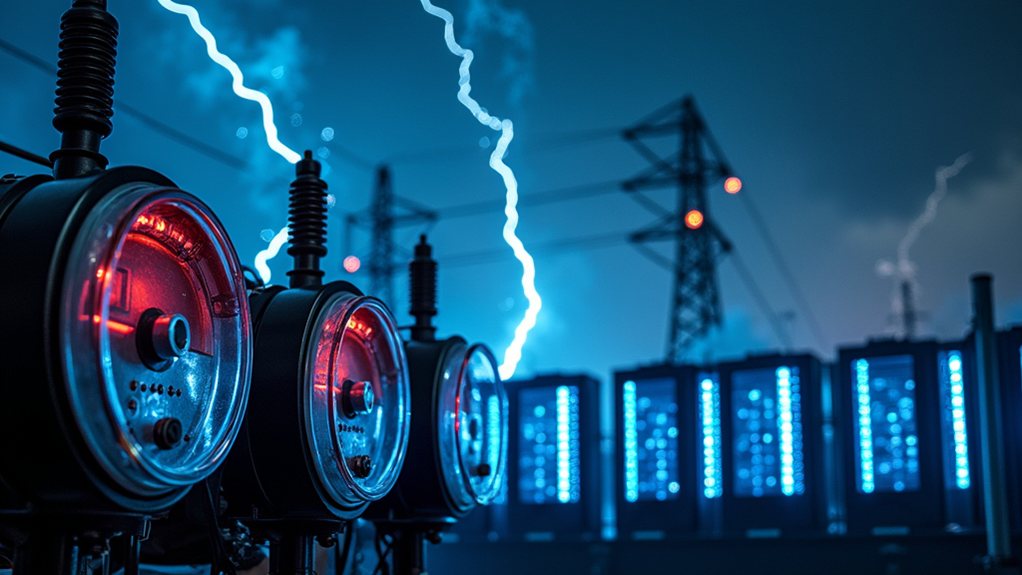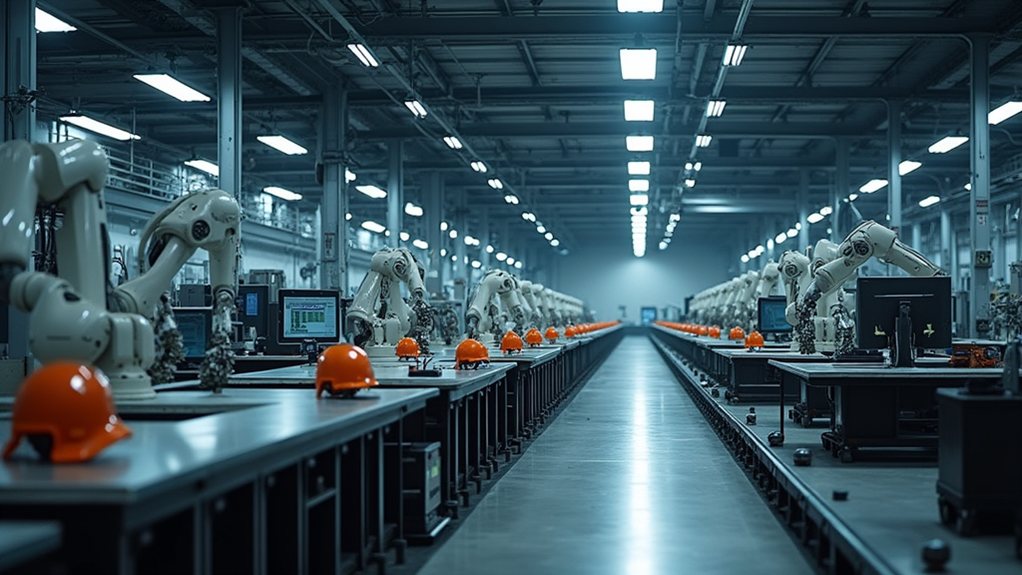Bell’s AI Fabric is set to become Canada’s largest AI network, powered entirely by Groq’s Language Processing Units. Launching in 2025 with twin facilities in British Columbia, the network will eventually reach 500 megawatts across six hydroelectric-powered centers. This sovereignty-focused initiative promises Canadian organizations up to 45% profit increases while keeping data within borders. Think Silicon Valley, but with maple syrup and clean energy. More tech specs await the curious.
A technological powerhouse is emerging in the Great White North. Bell’s AI Fabric—an ambitious network that could make Canadian tech enthusiasts say “sorry, not sorry” to Silicon Valley—is stretching its digital muscles across British Columbia with plans that would make even the most stoic Canuck raise an eyebrow.
Canada’s tech scene isn’t apologizing anymore—Bell’s AI Fabric is flexing digital muscle that even Silicon Valley can’t ignore.
This isn’t your average data setup, folks. We’re talking a whopping 500 megawatts of computing capacity spread across six hydroelectric-powered facilities. That’s enough juice to run approximately *checks notes* a gazillion AI models simultaneously. Okay, not literally—but you get the picture.
The rollout begins with twin 7 MW facilities in Kamloops and Merritt launching in 2025. Then things get serious with two 26 MW centers opening in 2026-2027, including one at Thompson Rivers University where students can literally warm themselves with AI’s leftover heat. Talk about killing two birds with one algorithm. The initiative was officially unveiled at Web Summit Vancouver on May 28, 2025, marking a major milestone for Canadian AI infrastructure.
But here’s where it gets interesting: Bell’s betting big on Groq’s Language Processing Units. These American-made AI accelerators are the secret sauce in this maple-flavored tech sandwich. They’re specifically designed to make large language models run faster than a hockey player on fresh ice. Bell positions itself as a full-service AI provider, offering both hardware infrastructure and strategic consulting services to clients across the country.
Why should you care? Because this network gives Canadian organizations access to sovereign AI infrastructure without shipping data across borders. In a world where data is the new oil, that’s like discovering your backyard sits on top of a major reserve. Companies adopting this infrastructure could see profit increases of up to 45% through strategic AI implementation.
The environmental angle isn’t just an afterthought either. The entire network runs on clean hydroelectricity, making it greener than most tech initiatives. In fact, the facilities will recycle waste heat to warm campus buildings—proving that even in the AI world, Canadians find ways to be excessively practical and polite.
With two additional centers exceeding 400 MW on the horizon, Canada’s AI ambitions are clearly more than just talk. The future of AI might just speak with a Canadian accent.









